Roof venting
aramaram
9 years ago
Related Stories
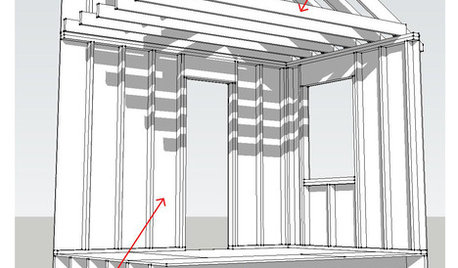
KNOW YOUR HOUSEKnow Your House: Components of a Roof
Don't get held up by confusion over trusses, rafters and purlins. Learn about a roof's features and their purposes here
Full Story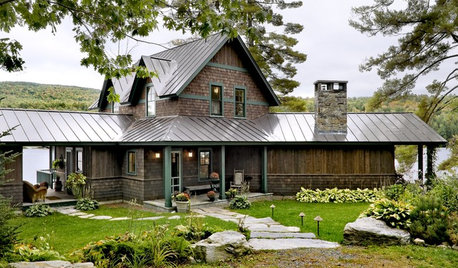
REMODELING GUIDESMaterials: The Advantages of a Metal Roof
Metal reigns in roofing style, maintenance and energy efficiency
Full Story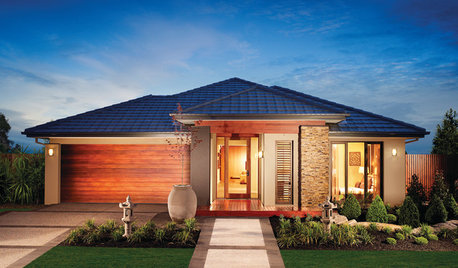
ROOFSThis Long-Lasting Roofing Material Works With Many Styles
With their durability and wide range of colors and molded shapes, concrete roof tiles are worth a look
Full Story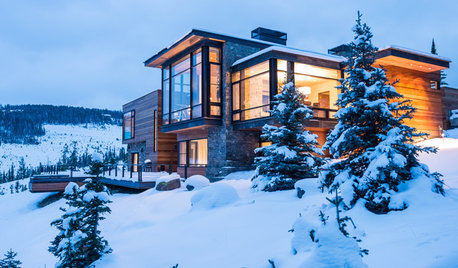
ARCHITECTUREHave Your Flat Roof and Your Snow Too
Laboring under the delusion that flat roofs are leaky, expensive and a pain to maintain? Find out the truth here
Full Story
ARCHITECTUREDesign Workshop: The Shed Roof
This popular — and versatile — form straddles the divide between contemporary and traditional styles
Full Story
MATERIALSThe Most Popular Roofing Material is Affordable and Easy to Install
Asphalt shingles, the most widely used roof material in the U.S. are reliable and efficient, and may be right for you
Full Story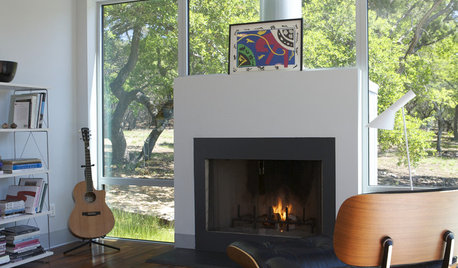
REMODELING GUIDESModern Metal Fireplaces Open World of Possibilities
Allowing way more natural light than traditional fireplaces, and with some not even needing a vent, metal fireplaces are a major improvement
Full Story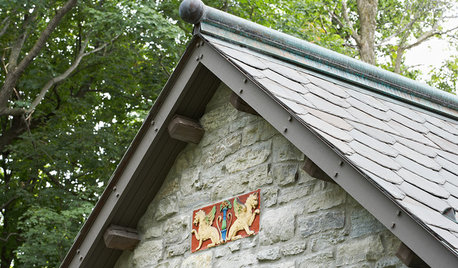
ARCHITECTUREKnow Your House: Learn the Lingo of Rooftops
Knowing the language of rooftop design will help you through your next repair or remodel project
Full Story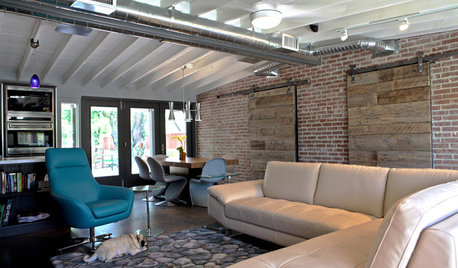
ARCHITECTUREHVAC Exposed! 20 Ideas for Daring Ductwork
Raise the roof with revealed ducts that let it all hang out — and open a world of new design possibilities
Full Story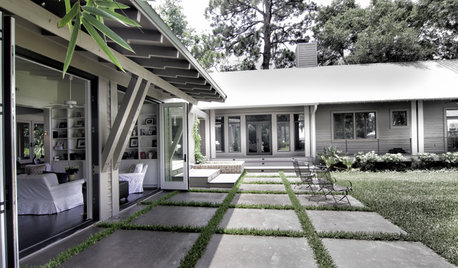
REMODELING GUIDESExposed Rafter Tails Show Heads-Up Craftsman Style
For a touch that offers decorative appeal and practical protection in bad weather, look to this classic Craftsman roof detail
Full StorySponsored
Central Ohio's Trusted Home Remodeler Specializing in Kitchens & Baths
More Discussions







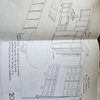



Joseph Corlett, LLC
kudzu9
Related Professionals
Freehold Kitchen & Bathroom Designers · Saint Peters Kitchen & Bathroom Designers · North Druid Hills Kitchen & Bathroom Remodelers · Minnetonka Mills Kitchen & Bathroom Remodelers · Port Arthur Kitchen & Bathroom Remodelers · Salinas Kitchen & Bathroom Remodelers · Tempe Kitchen & Bathroom Remodelers · Ridgefield Interior Designers & Decorators · Arlington General Contractors · Albany General Contractors · Lakewood Park General Contractors · Milford General Contractors · River Edge General Contractors · Summit General Contractors · Toledo General Contractorsworthy
kudzu9
worthy
kudzu9
worthy